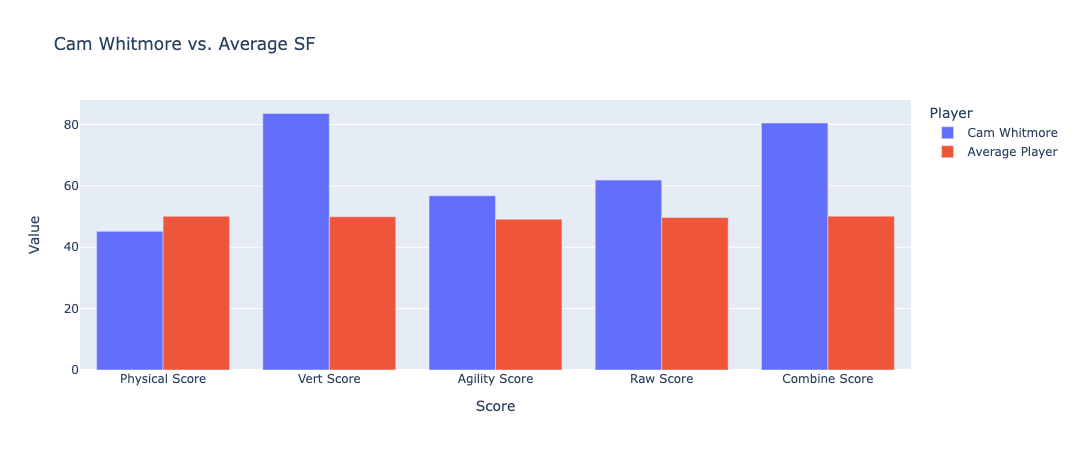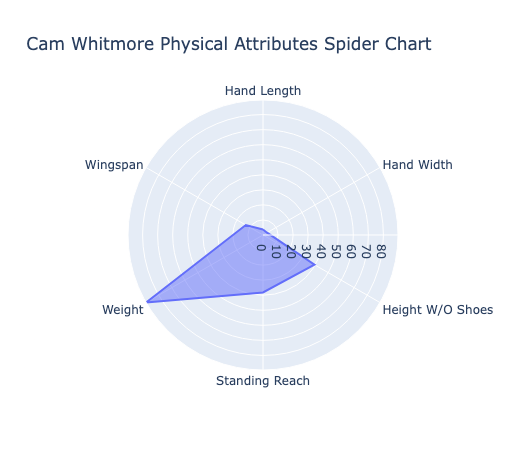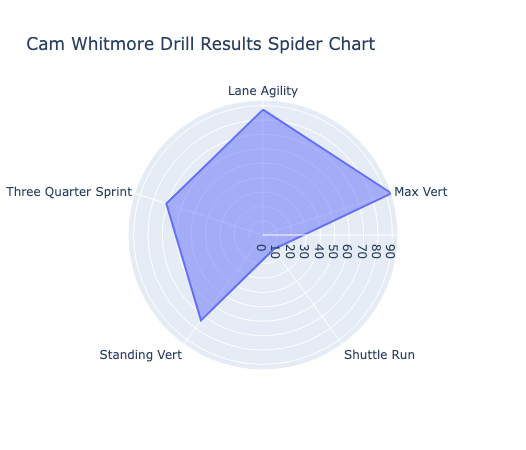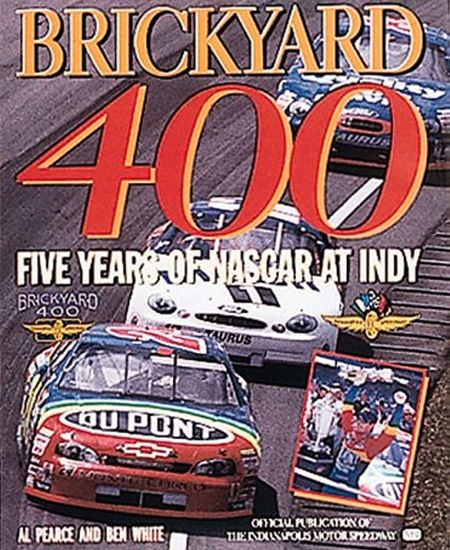First off, an apology. I'm making a racing analogy in the month of May and it's not about IndyCar. Sacrilege, I know.
As we all have, I've been thinking a lot about they type of players the Pacers should target this offseason and it occurred to me that the answer is literally in the team name. The Pacers need to build a fast team. But more than just speed, the Pacers need to develop an attitude. They need players who enjoy physicality – who can swap paint and aren't afraid to throw down in pit lane. For that reason I've decided to take inspiration from the other racing series and declare that the Pacers need to build a NASCAR roster.
Before we look at prospective players, let's establish who the Pacers have already.
A Driver With A Lead Foot
The Pacers go wherever Tyrese Haliburton takes them. He's the man behind the wheel and guess what? Ol' buddy likes to drive fast.
As Tony East and Caitlin Cooper covered in their review of Haliburton, he loves to push the pace whether it's off makes or misses. He understands that transition offense has a higher efficiency because it creates mismatches, which in turn forces defenses to scramble. Therefore, he uses speed to try and create those same advantages on every possession.
It's no surprise then that the Pacers were top-5 in pace and first in the league in transition points. According to the NBA's tracking stats, 18.3% of the Pacers shot attempts came "Very Early" in the shot clock (between 18-22 seconds left), the most in the league in that range. Moreover, the Pacers ranked second in the league in average running speed and total distance covered.
Simply put, with Haliburton at the wheel, the Pacers were a team that ran like hell.
What Kind of Car Does Tyrese Like to Drive?
So what kind of machine does Haliburton need around him to be successful?
We know that his supporting cast needs to be able to play with pace, but it also needs to be offensively versatile. If you look at the most effective lineups featuring Haliburton last year, they were basically comprised of four guards and Turner.

Clearly, part of that had to do with the Pacers' roster imbalance. If the team, doesn't have any quality forwards, the best lineups are naturally going to be guard heavy. But we shouldn't overlook the success the team had before injuries took their toll. For a stretch in late December we were playing as well as anybody in the league and we were doing it by turning games into track meets.
What makes the small ball lineup so effective with Haliburton running the show is his IQ. He's so talented at making quick reads and getting the ball into the right hands it keeps the defense off-balance. When he's surrounded by versatile players who can take what they're given – whether it's a shot, putting it on the floor, or making the next pass – the offense is almost impossible to stop.
Buddy Hield, for example, is a fantastic complement to Haliburton because he's more than just a shooter. Sure he can fling it from deep, but when the defense runs him off the line he has the skills to take advantage of the rotation.
More illustrative of my point, however, is the synergy between Aaron Nesmith and Tyrese. It might come as a surprise that their pairing is the two-man lineup with the highest offensive rating on the team. Together they average 121 points per 100 possessions, putting them in the 96th percentile of two-man rotations that have played at least 500 mins together.
Is that just a funky stat or something more? After all, Nesmith doesn't do anything particularly well on offense. What makes him such a good complement to Haliburton?
Not to sound like a broken record, but I believe his speed and versatility at the "four" opens up our offense in a way that a traditional big cannot. He can fly down the court in transition. He can make enough threes to require a closeout. He can put it on the floor and attack the basket. He's intelligent enough to know where to be and when to cut.
If we're going to upgrade the four position – and we should – we need to make sure we're adding a player who can replicate all of those things.
That's Great, But What About Defense?
I know what you're thinking. With Haliburton on the floor we're going to score – offense isn't the problem. We need to get better at defense and rebounding if we want to take the next step.
I agree. We need better defenders... but not at the expense of being able to play at a breakneck pace. I think it's impossible to run like we need to in order to fully maximize Haliburton's gifts while simultaneously being a leader in defensive efficiency. What we can do however, is bring the NASCAR ethos to the defensive end.
Much like Jim O'Brien, who failed as a head coach despite being ahead of his time in appreciating the value of three-point shooting, I think we can benefit greatly revisiting Nate Bjorkgren's defensive tactics. Bjorkgren committed the sin of coaching a style instead of a roster, but much of what he tried to implement would work wonders for fast mobile defenders (rather than Brogdon, Warren, and Sabonis).
In Myles Turner's words, Bjorkgren's defensive philosophy was "We're gonna pressure the (expletive) out of the ball. If you get beat, then you have Myles back there."
This style of defense is not revolutionary and we saw it for stretches last year. Sure it's going to result in lots of blow-bys, but the effectiveness comes from the way it disrupts the game. It maintains a frantic pace even when we don't have the ball in our hands. It hijacks the opposing team's offense, forcing them to react rather than dictate. Look no further than the Toronto Raptors and the Miami Heat. Both teams are a pain to play against because they are going to jump you.
In order to run that defense effectively we need high motor, physical players, who have the strength and foot-speed to guard multiple positions. Much like Nesmith honestly, just bigger.
Prospect #1: Cam Whitmore
A bigger Aaron Nesmith you say? Look no further than Cam Whitmore, a ball of muscle with unlimited bounce. On top of his impressive physical profile, Whitmore has a non-stop motor and seeks out contact. Kevin Pritchard said they want to bring in more "competitive spirit" and this guy has it in spades.




Pritchard also explained in his end of season press conference that the team classifies players into six positions: Guards, Combos, Wings, Hybrids, Power forwards, and Centers.
While many see Whitmore as a wing, I'm classifying him as a hybrid. At 235 lbs, he is plenty heavy to hold his ground against big men. So what makes him a great NASCAR prospect?
First, his speed and explosiveness. He's an elite athlete and an absolute killer in transition. He'll be a dunk machine playing in our offense.
Second, he's an excellent off-ball cutter. He scored 1.538 points per possession (PPP) (94th percentile) on cuts this season. Not only is he effective diving in from the wing, he can do it from the dunker spot in small ball lineups.
While shooting is not his strength, there's reason to believe he can shoot well enough to make the defense pay attention to him. He shot 34% from deep on the year, but many of those were tough off the dribble looks. If we isolate catch-and-shoot attempts, his accuracy rises to 40%.
If he can solidify his reputation as a shooter, he'll be able to live at the rim off pump-fakes and rip throughs.
He's also a great rebounder, especially on the defensive glass, which is a glaring weakness for the Pacers. He grabbed a whopping 20% of all available defensive rebounds while he was on the court at Villanova, the sixth best rate in the Big East.
Speaking of glaring weaknesses, his athleticism lends itself to the defensive end as well, where he uses strength and quickness to harass opponents. He has an aggressive style and will gamble for steals. His quick hands helped him finish in the top-ten of the Big East in both steals per game and steal rate.
He can also "guard up," using his strength and low center of gravity to stand up larger players. When switched onto bigs, he's adept at swimming around them and stealing post-entry passes.
In the age of Bruce Browns and Gary Payton Juniors, I'm comfortable taking a risk on drafting Cam Whitmore to be our "power forward" of the future if it allows us to run circles around opponents.
Having said that, it's definitely a gamble. If he can't hold the role down for long stretches, the fit with Mathurin and Whitmore on the wing together is questionable.
Both offensively and defensively they share many of the same strengths and weaknesses. On offense they're both focused on scoring and suffer from severe tunnel vision. On defense, while both active defenders, they can die on screens and blow assignments on switches.
The latter is especially concerning given that the idea is to create a team that can play an aggressive, switch heavy defense. There's no question that Whitmore has the physical tools to thrive in that system, but whether he can think the game well enough is a different matter.
Stay tuned for evaluations on whether Jarace Walker and Ausar Thompson can keep up with the pace.
Subscribe to our email newsletter and unlock access to members-only content and exclusive updates.

Comments